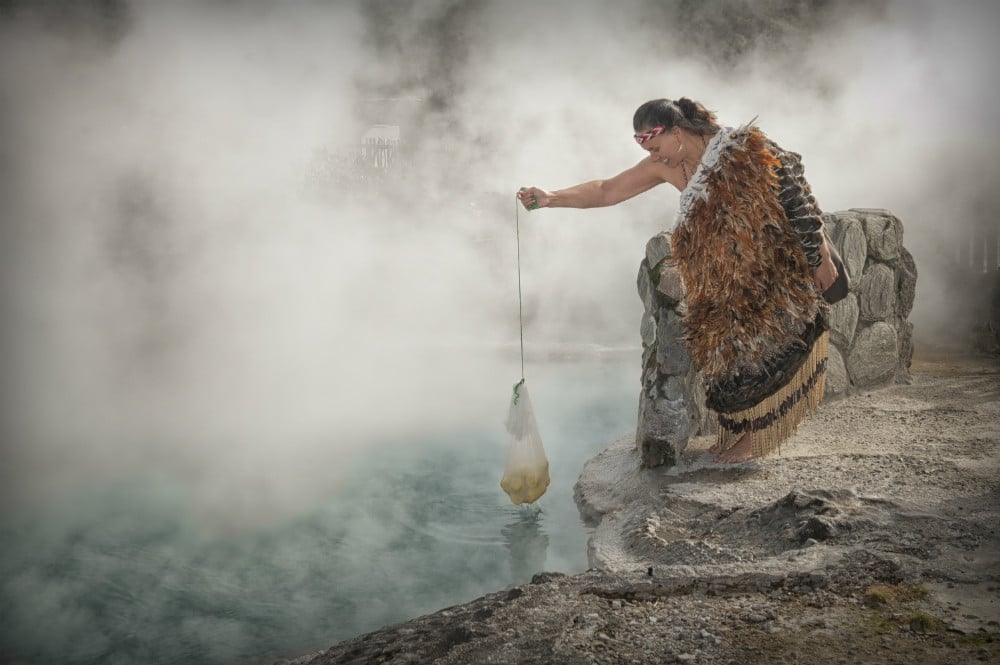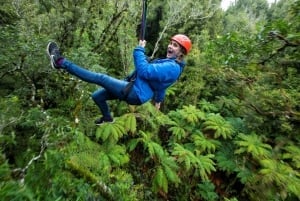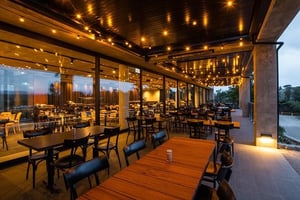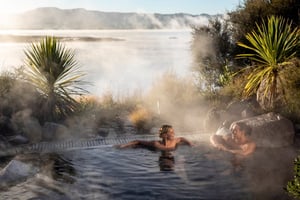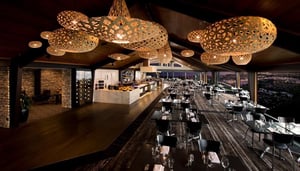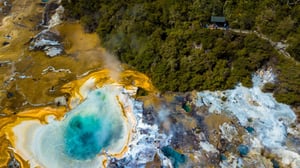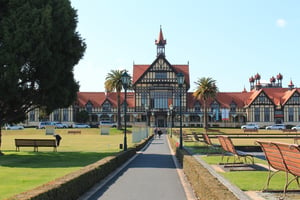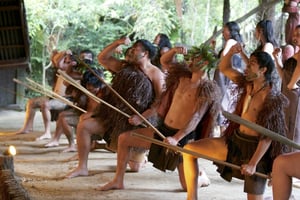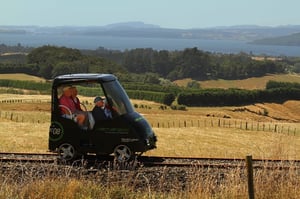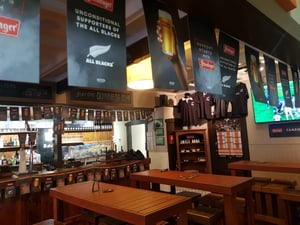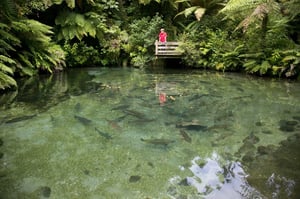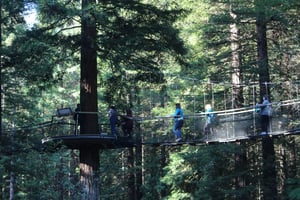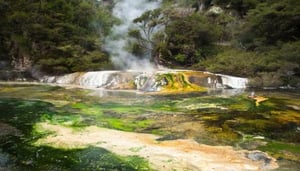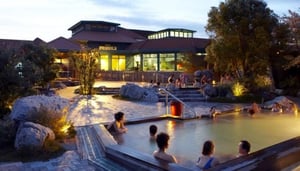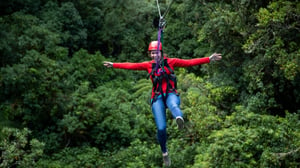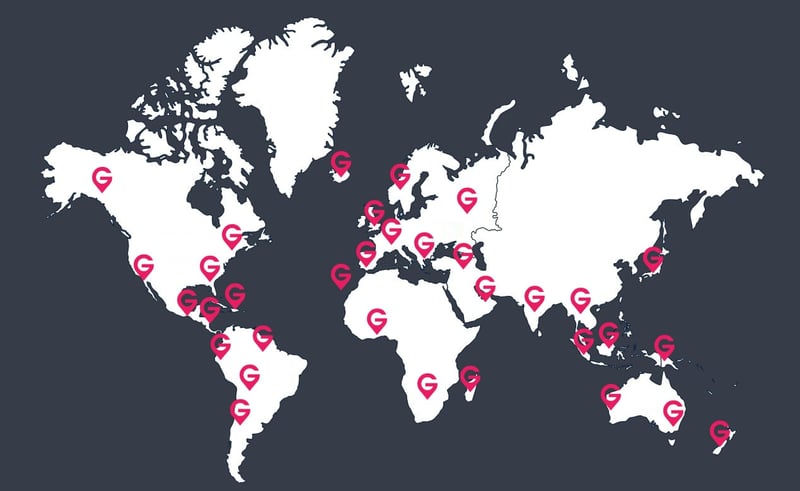Hangi Experiences in Rotorua
Discovering the cultural and culinary delights in Rotorua
Book Top Experiences and Tours in Rotorua:
If youʻre booking your trip to Rotorua last minute, we have you covered. Below are some of the top tours and experiences!- Mitai Maori Village: Cultural Experience and Dinner Buffet
- Cambridge, Matamata, Waitomo: 1-Hour Ecological River Cruise
- Cambridge Waikato New Zealand: Tour -45 Min Extreme Jet Boat
- Rotorua: 6 Ziplines, Swing-Bridges & Wildlife Encounters
- Okere Falls: Zipline over Waterfalls Experience
Rotorua Hangi Experiences
Rotorua, nestled in the heart of New Zealand’s North Island, is renowned for its geothermal wonders, rich Maori culture, and vibrant arts scene. Among its most captivating cultural traditions is the hangi - a traditional Maori method of cooking food using heated earth ovens. For visitors seeking an authentic taste of New Zealand’s indigenous heritage, experiencing a Rotorua hangi is both a culinary delight and a cultural immersion.
What Is a Hangi?
The hangi is a traditional Maori cooking technique that dates back centuries. It involves digging a pit in the ground, heating stones in a fire until they are red-hot, and then placing baskets of food over the stones. The food is covered with wet cloths and earth, trapping the heat and steam to cook the meal slowly over several hours.
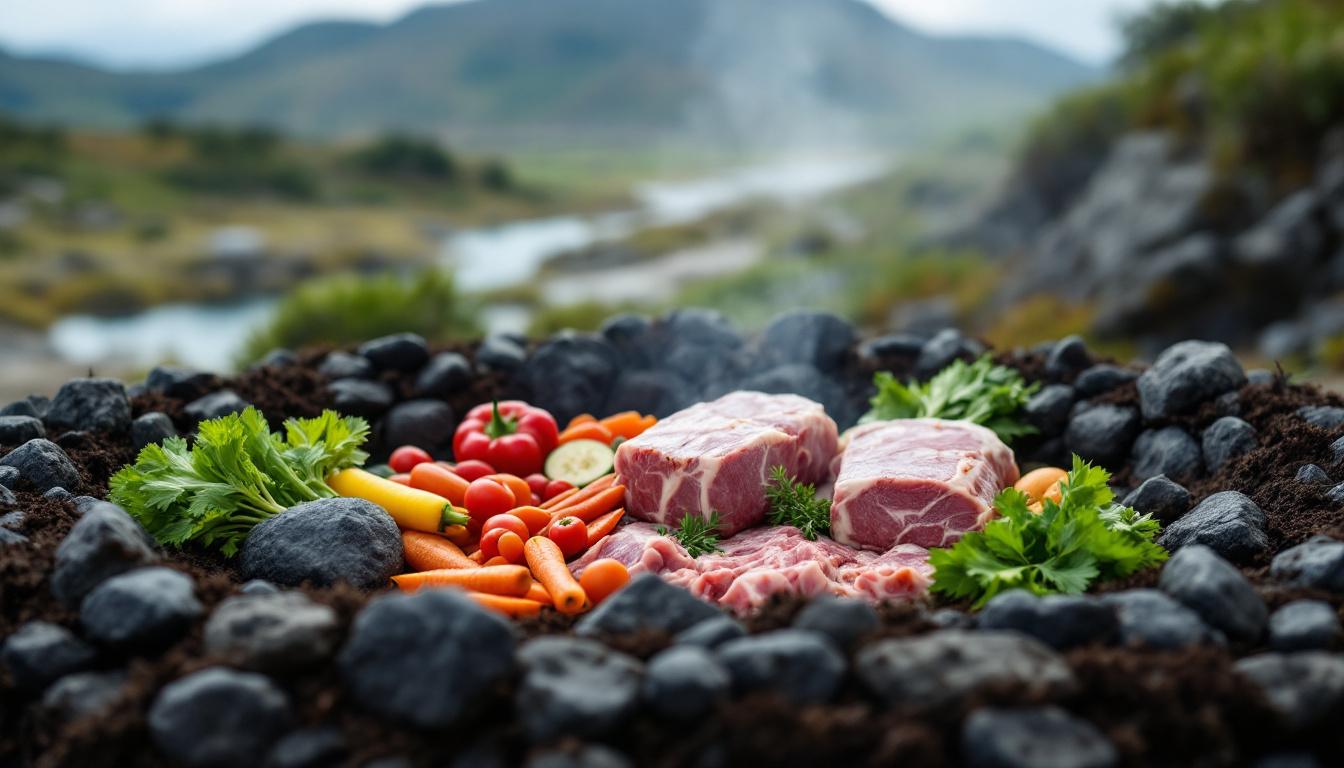
This method infuses the food with a unique smoky flavor and tender texture that cannot be replicated by modern cooking methods. Typical hangi fare includes meats such as lamb, chicken, and pork, alongside root vegetables like kumara (sweet potato), potatoes, and pumpkin.
The Cultural Significance of Hangi
Beyond its culinary appeal, the hangi holds deep cultural significance for the Maori people. It is often prepared for communal gatherings, celebrations, and ceremonies, symbolizing unity, hospitality, and respect. Participating in a hangi experience allows visitors to connect with Maori traditions and understand the importance of food in community bonding.
Where to Experience Hangi in Rotorua
Rotorua offers numerous opportunities to enjoy an authentic hangi, ranging from intimate family-run tours to large cultural performances. Here are some of the best ways to experience a hangi in Rotorua:
Maori Cultural Villages
One of the most immersive ways to experience a hangi is by visiting a Maori cultural village. Places such as Whakarewarewa - The Living Maori Village, Te Puia and Te Pa Tu provide visitors with a full cultural experience that includes traditional performances, storytelling, and a hangi meal.
At Te Pa Tu, for example, guests are welcomed with a traditional powhiri (welcome ceremony), followed by engaging performances of haka and waiata (songs). The hangi is then served in a communal setting, allowing visitors to savor the flavors while learning about the cooking process and its history.
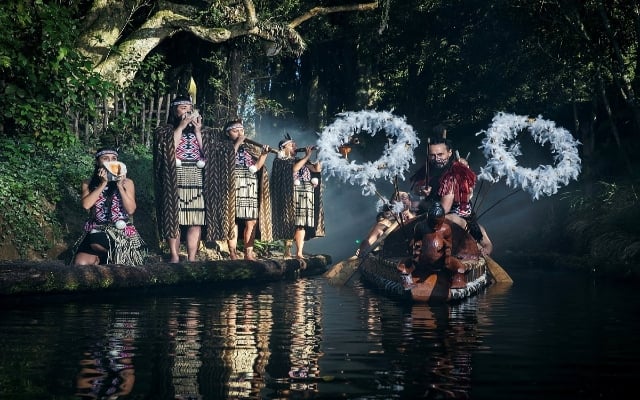
Community Hangi Events
Rotorua’s local community often hosts hangi events, especially during festivals or public holidays. These gatherings offer a more informal and interactive experience, where visitors can watch the preparation, ask questions, and sometimes even help with the cooking.
Events like the annual Rotorua Maori Festival often feature large-scale hangi cooking, showcasing the communal spirit and scale of traditional feasts. Attending such events provides a genuine glimpse into how the hangi is woven into the social fabric of Maori life.
Private Hangi Experiences
For travelers seeking a more personalized experience, several operators offer private hangi meals combined with guided cultural tours. These experiences often include visits to geothermal sites, Maori art workshops, and storytelling sessions, culminating in a freshly cooked hangi feast.
Such tours provide a deeper understanding of Maori customs and allow for meaningful interactions with local hosts, making the hangi experience both educational and memorable.
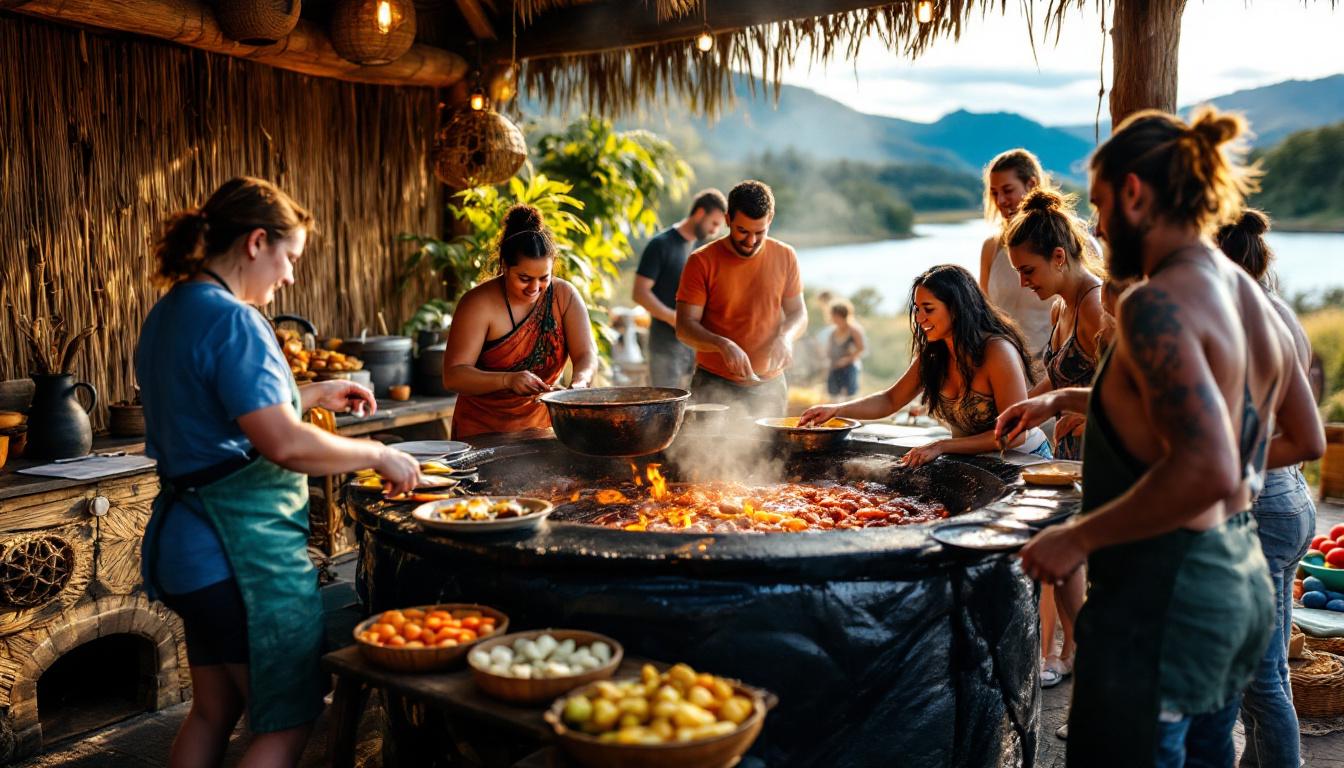
The Hangi Cooking Process: A Step-by-Step Overview
Understanding the hangi cooking process enhances appreciation for the meal and the effort involved. Here’s an outline of the traditional method:
1. Preparing the Pit
A pit is dug in the ground, usually about a meter deep. The size depends on the amount of food to be cooked. The pit is lined with stones that will retain and radiate heat.
2. Heating the Stones
Wood is burned on top of the stones for several hours until the stones are glowing red-hot. This step is crucial, as the stones provide the heat needed to cook the food evenly.
3. Wrapping the Food
Food items are wrapped in leaves, cloth, or foil baskets to protect them from direct contact with the stones and earth. This also helps to trap moisture, ensuring the food steams rather than burns.
4. Layering and Covering
The wrapped food is carefully placed on the hot stones in the pit. Wet sacks or cloths are placed over the food, followed by a layer of earth to seal in the heat and steam.
5. Cooking Time
The food cooks for approximately three to four hours. During this time, the heat from the stones and steam slowly cooks the food, resulting in tender, flavorful dishes.
6. Uncovering and Serving
After cooking, the earth and coverings are removed, and the food is taken out to be served. The communal sharing of the hangi meal is often accompanied by stories, songs, and celebration.
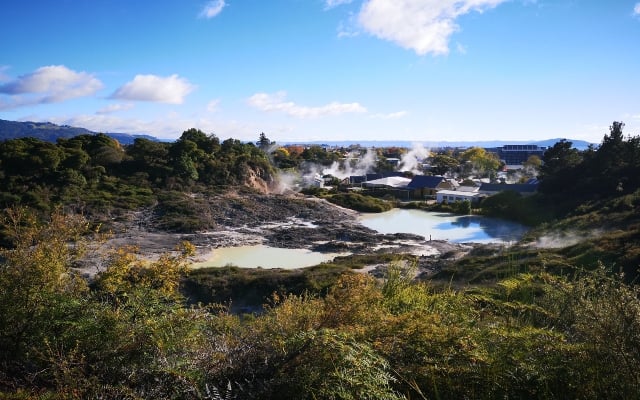
Why Choose a Rotorua Hangi Experience?
Rotorua’s unique combination of geothermal activity and strong Maori heritage makes it the ideal place to experience a hangi. Here are some reasons why visitors should prioritize this experience:
Authenticity and Tradition
Rotorua is home to many Maori communities dedicated to preserving their culture. Hangi experiences here are authentic, often prepared by Maori families using traditional methods passed down through generations.
Connection to Nature
The geothermal landscape of Rotorua adds a special dimension to the hangi experience. Many hangi pits are dug near natural hot springs or volcanic areas, linking the cooking process to the earth’s natural energy and Maori spiritual beliefs.
A Unique Culinary Adventure
Unlike conventional meals, hangi food offers a distinctive smoky flavor and texture that is deeply satisfying. The slow cooking method enhances the natural flavors of the ingredients, creating a memorable dining experience.
Educational and Cultural Insight
Participating in a hangi experience is not just about food; it’s an opportunity to learn about Maori history, values, and social customs. Visitors gain insight into the importance of community, respect for nature, and the Maori worldview.
Tips for Enjoying Your Rotorua Hangi Experience
To make the most of a hangi experience in Rotorua, consider these helpful tips:
- Book in advance: Popular hangi tours and cultural villages can fill up quickly, especially during peak tourist seasons.
- Dress comfortably: Many hangi experiences involve outdoor activities, so wear comfortable clothing and footwear.
- Be open-minded: Embrace the cultural customs, participate actively, and ask questions to deepen your understanding.
- Arrive hungry: The hangi meal is hearty and filling, offering a great introduction to traditional Maori cuisine.
- Respect the traditions: Remember that hangi is a sacred practice for Maori people, so approach the experience with respect and appreciation.
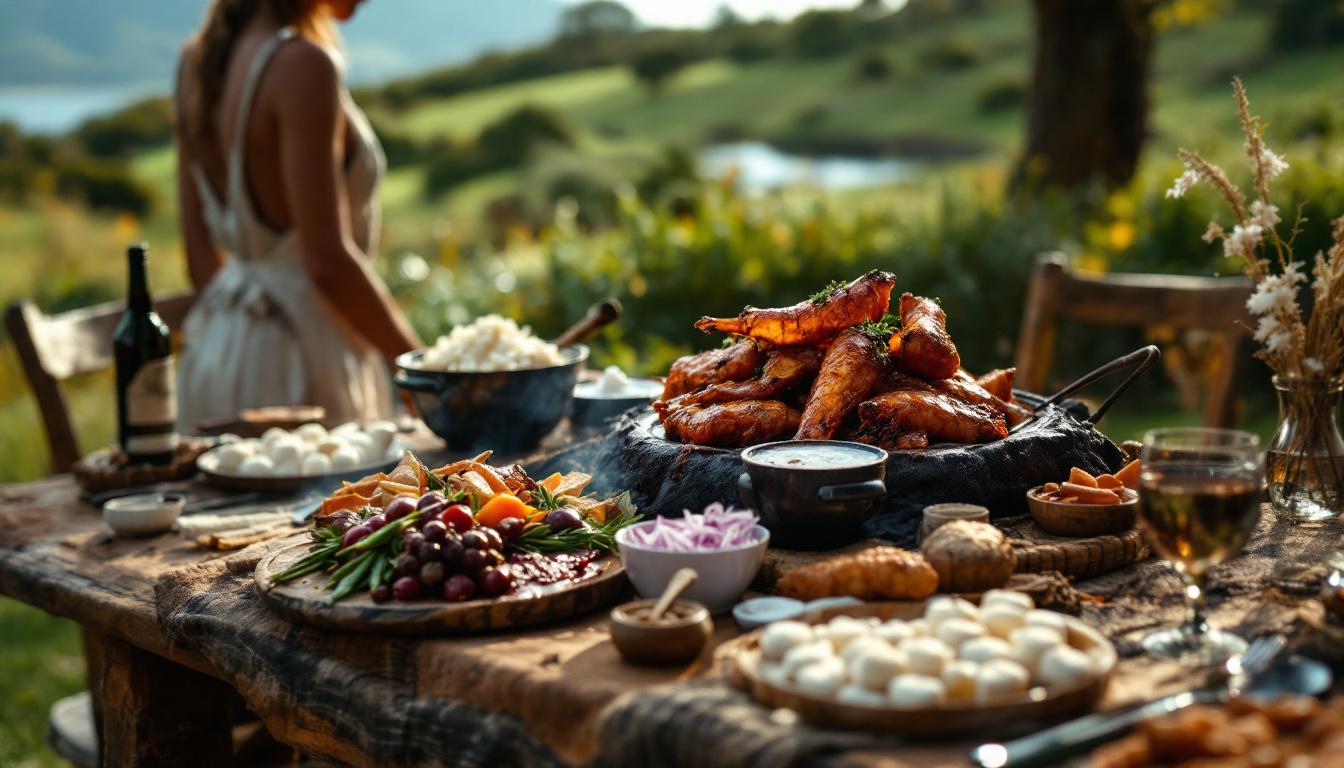
Conclusion
A Rotorua hangi experience offers more than just a meal; it is a journey into the heart of Maori culture and New Zealand’s indigenous heritage. From the ancient cooking techniques to the communal spirit of sharing food, the hangi encapsulates the values of hospitality, respect, and connection to the land.
Whether visiting a cultural village, attending a community event, or enjoying a private tour, participating in a hangi in Rotorua is a memorable and enriching experience that leaves a lasting impression on all who partake. For travelers seeking authenticity, flavor, and cultural depth, the Rotorua hangi is an essential part of any New Zealand adventure.


